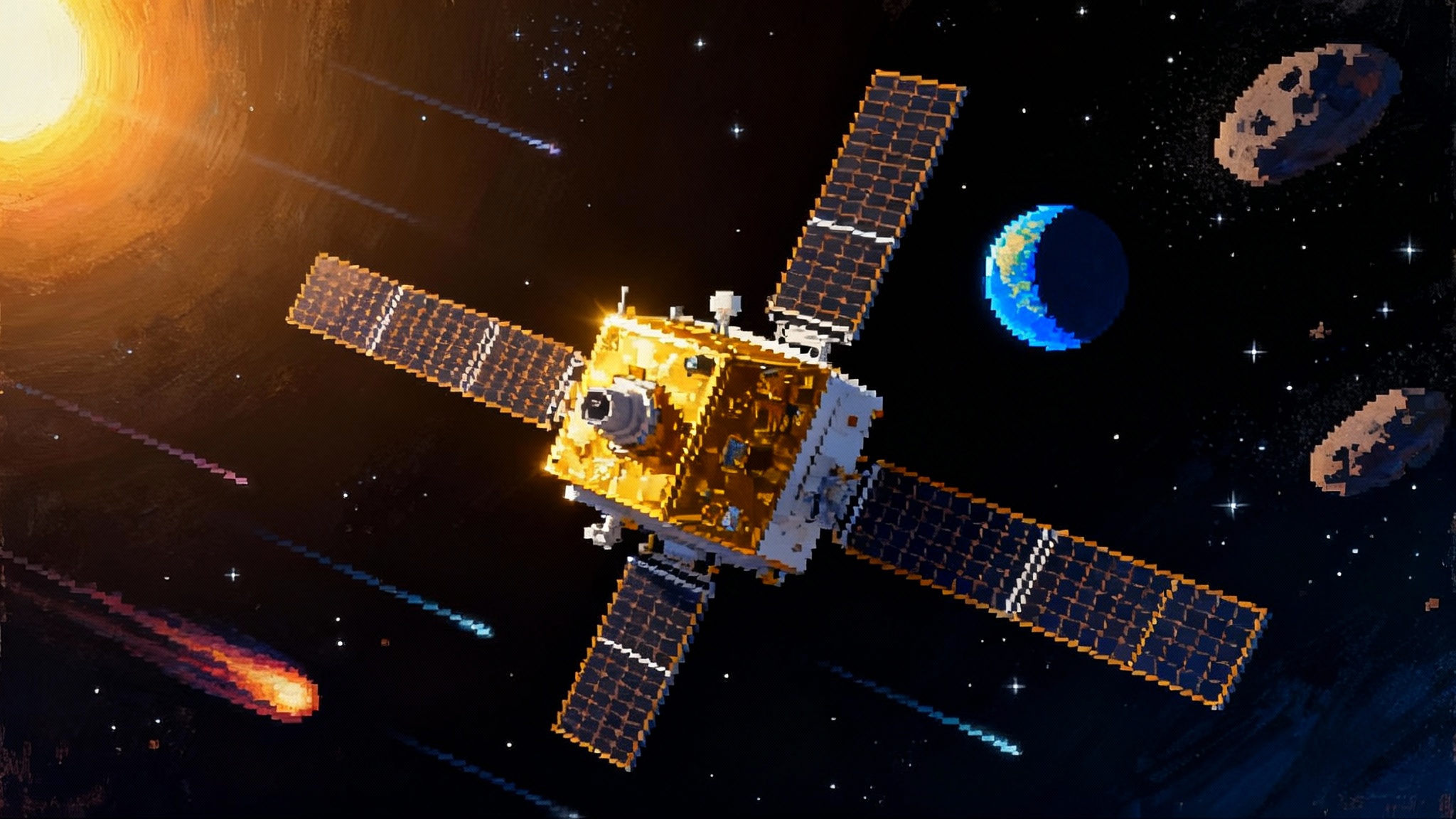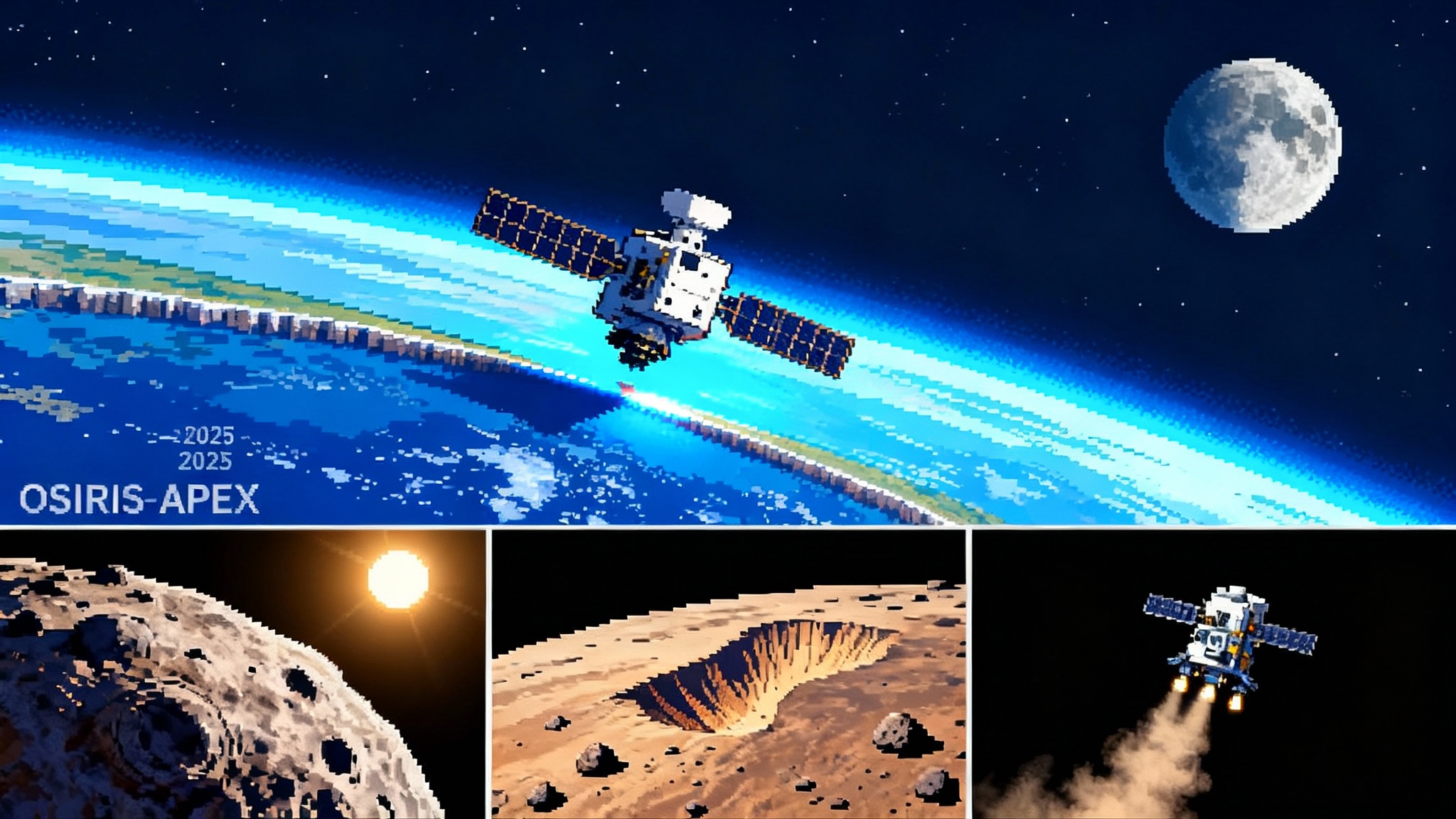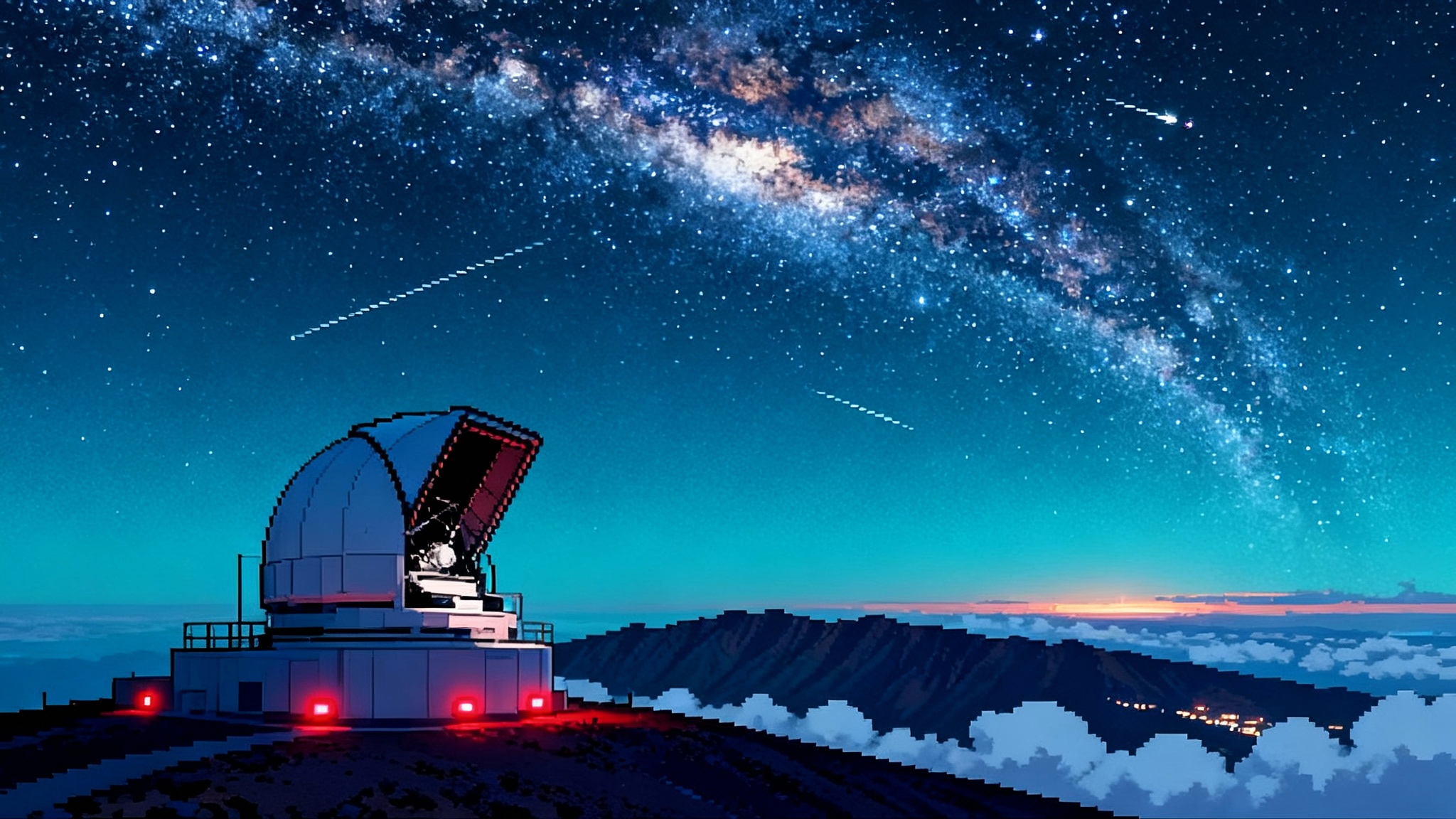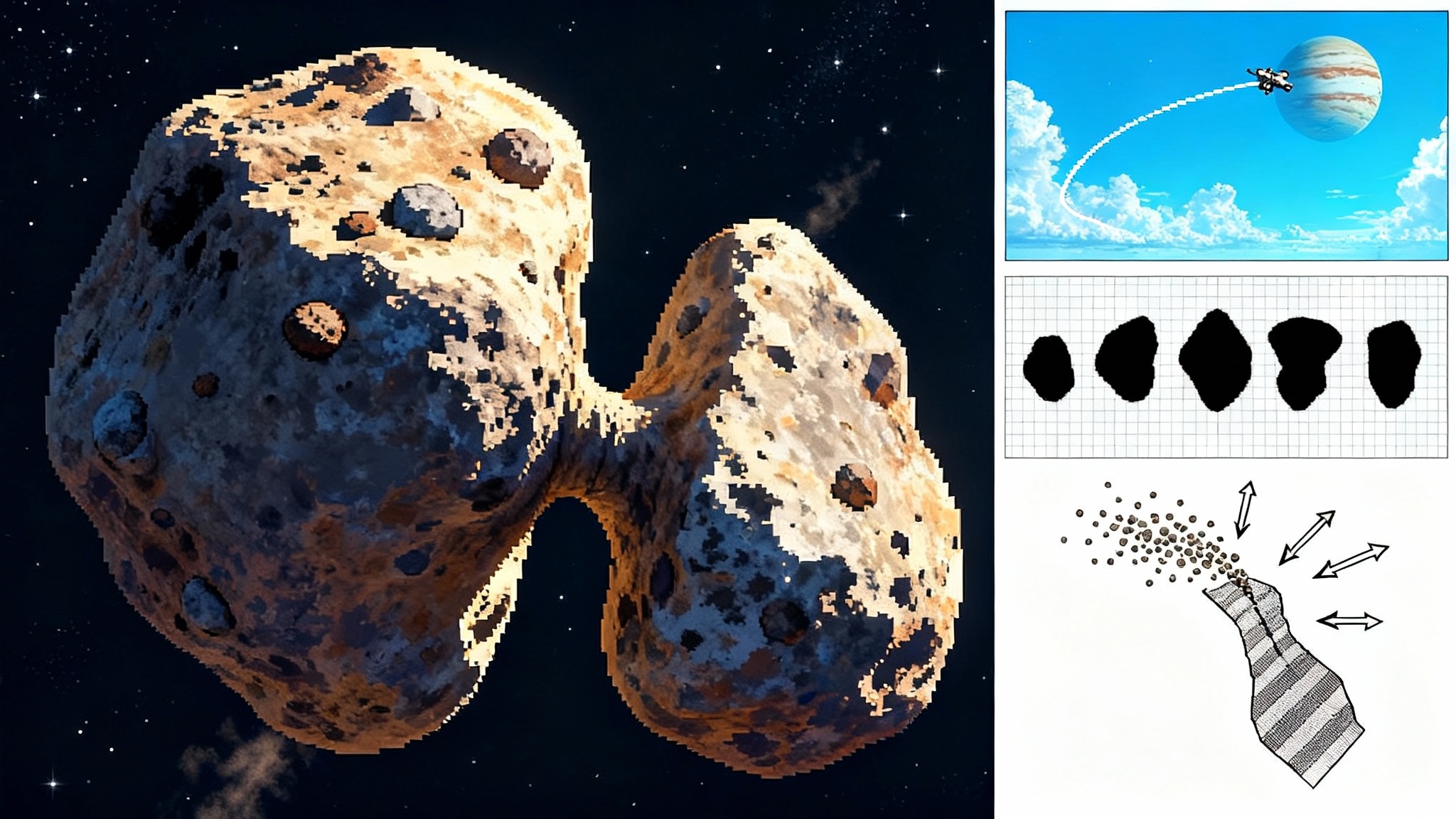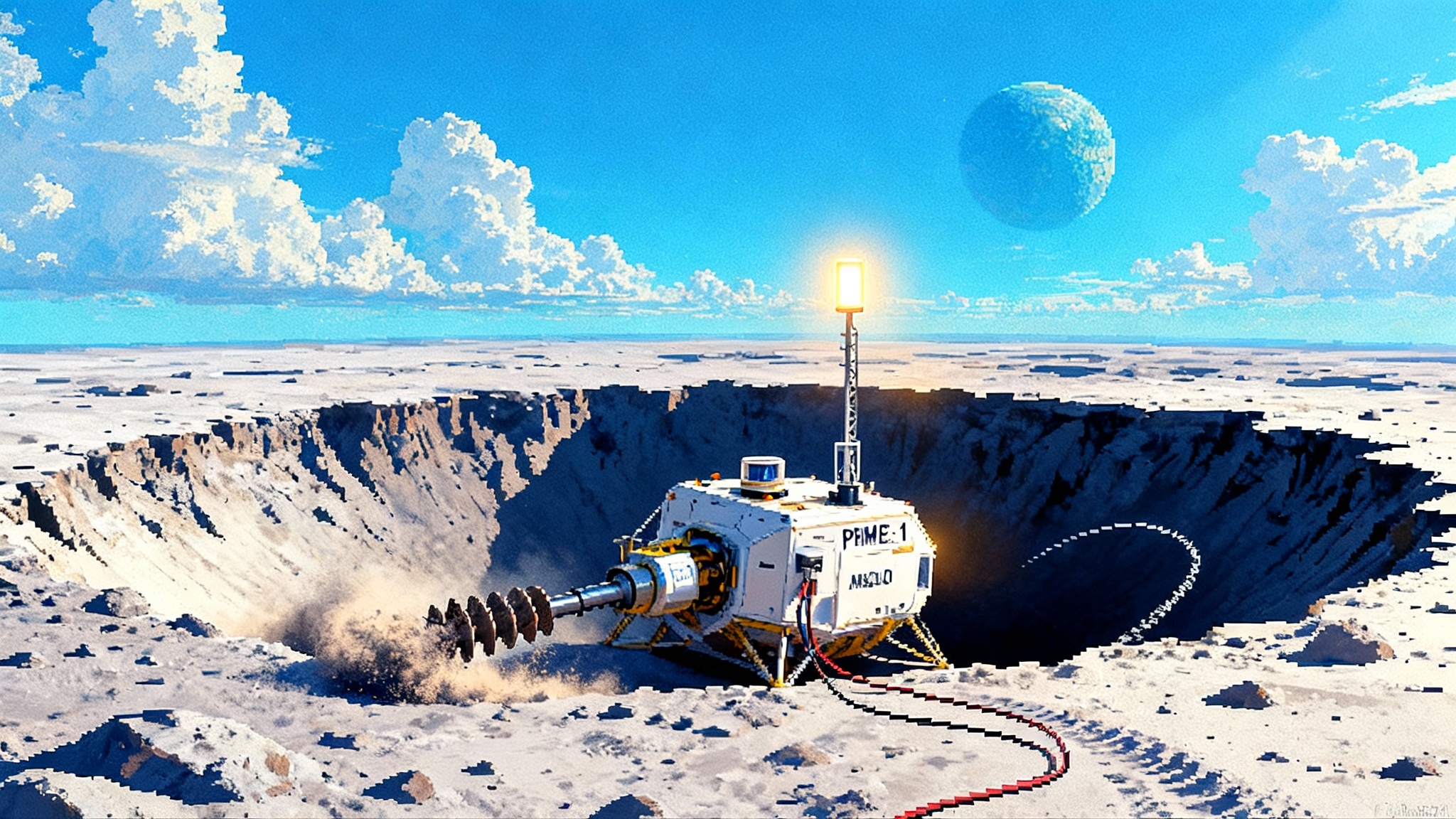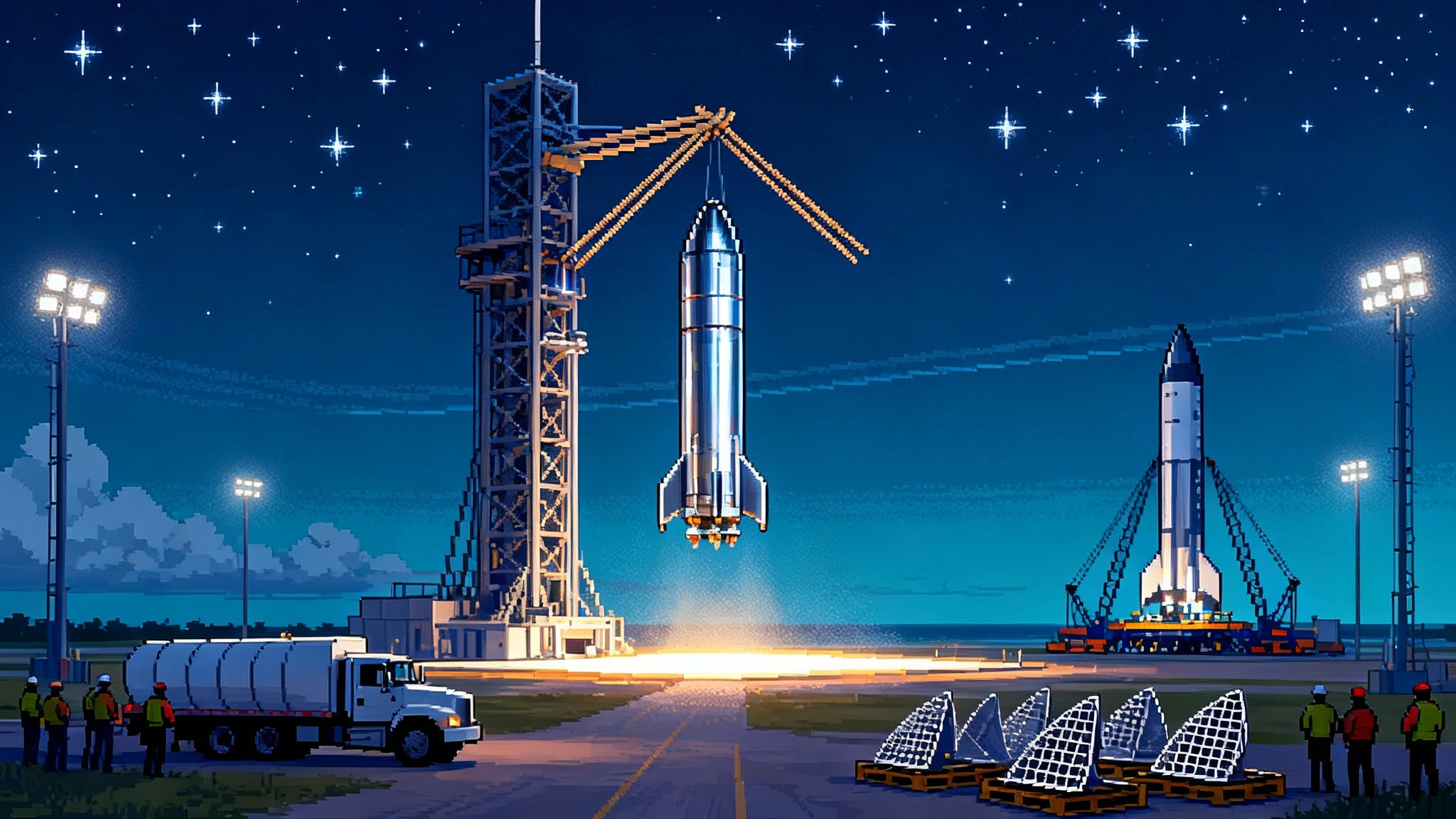JWST’s TRAPPIST-1e result pivots the habitable-worlds race
A September 8, 2025 MIT-led analysis of JWST observations rules out a hydrogen-rich sky and makes a Venus or Mars style carbon dioxide atmosphere unlikely on TRAPPIST-1e. The hunt now shifts to cooler, nitrogen-dominated options and a two-year plan that treats the star as part of the instrument.
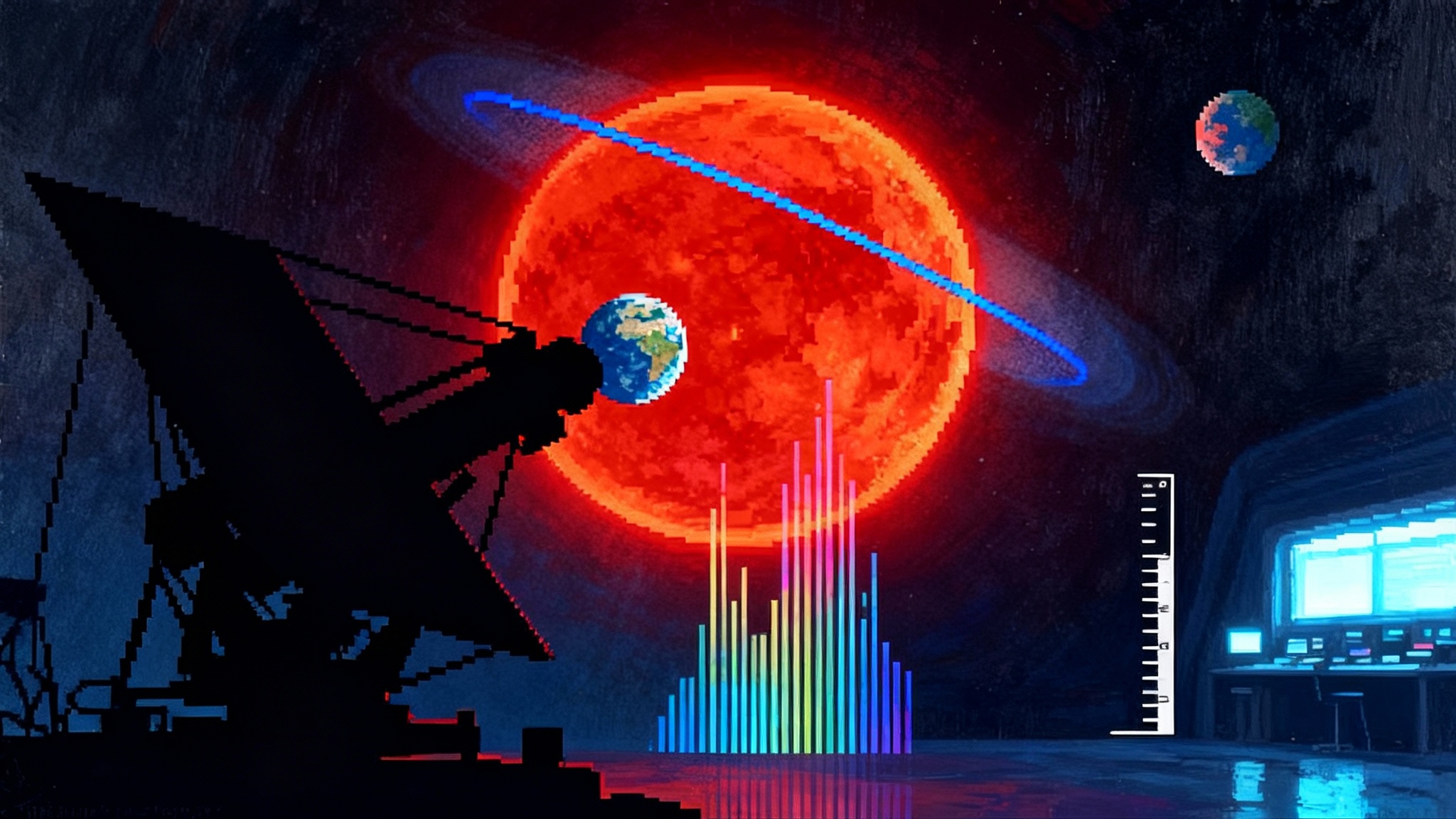
The September result that changed the leaderboard
On September 8, 2025, an MIT-led team reported that TRAPPIST-1e almost certainly lacks the two easiest-to-spot kinds of air. New James Webb Space Telescope spectra rule out a puffy hydrogen atmosphere and make a Venus or Mars style carbon dioxide blanket very unlikely. The result does not prove that TRAPPIST-1e has air. It narrows the field to subtle, secondary atmospheres that are harder to detect but friendlier to life as we know it. See the plain-language summary in the MIT-led JWST analysis.
This is a real pivot. For years, the practical question for rocky exoplanets was simple: is there any air at all. With TRAPPIST-1e, the question becomes: what kind of secondary atmosphere could still fit the data, and how do we tell. The answer points to nitrogen-dominated possibilities with traces of greenhouse gases and to a different observing playbook for the next two years.
Primary air, secondary air, and why nitrogen matters
Think of atmospheres in two families. Primary atmospheres are the light, extended envelopes planets inherit from the disk they form in, dominated by hydrogen and helium. They are easy to spot because light gases make big signals. Secondary atmospheres are rebuilt later by volcanoes, impacts, outgassing, and surface chemistry. They trend heavier, often nitrogen rich, sometimes with carbon dioxide and water vapor. Earth is the textbook example of a secondary atmosphere.
The September data cull the obvious cases. A hydrogen-rich sky is ruled out, and a carbon dioxide dominated super-greenhouse like Venus is disfavored. That still leaves room for a cooler, nitrogen-dominated mixture with a little carbon dioxide or methane. The catch is that the spectral fingerprints of nitrogen are faint in transmission, which pushes observers toward longer campaigns and more careful calibration.
For context on how JWST turns faint hints into evidence, see our look at the K2-18b biosignature showdown and how teams reach decisive confidence levels.
The star is the system: taming stellar contamination
Every transmission spectrum measures starlight filtered by a planet’s limb. When the star itself changes, the measurement shifts. TRAPPIST-1 is a small, active red dwarf with cool spots and bright faculae. Those features can mimic or mask planetary signals. The community now pairs back-to-back transits of multiple planets to track the star’s state, applies Gaussian-process style models to marginalize over stellar wiggles, and adds long-baseline monitoring to know the star on the day a planet is observed.
A helpful metaphor is noise-canceling headphones. You sample the background hum, then invert it so the music stands out. For TRAPPIST-1, planet b can be that reference track. It likely has little or no air, so its spectrum helps isolate the star’s fingerprint. Subtract that, and features that repeat in planet e across many nights earn the right to be called atmospheric.
What the next 12 months look like
- Stack more Webb transits of TRAPPIST-1e in the same instrument modes already used. The goal is simple statistics. If a nitrogen-rich atmosphere is present, weak, repeatable absorption at the same wavelengths should grow in significance when visits are co-added. The team notes that follow-up is already underway in the MIT-led JWST analysis.
- Pair e’s transits with near-simultaneous observations of planet b to track the star. This reduces epoch-to-epoch systematics and allows safe coaddition.
- Add star-only baselines. Uncertainties in the star’s infrared spectrum limit both transmission and emission inferences. Dedicated out-of-transit stellar spectra, especially in the mid infrared, should be part of every program.
What would count as a win this year. Not a Hollywood oxygen line. A defensible, repeatable planetary feature that remains after stellar corrections, consistent with a heavy, secondary atmosphere. That could be a shallow carbon dioxide band or a subtle methane hint that grows as visits pile up.
What months 12 to 24 should add
- Diversify observing modes without reinventing the plan. Once coadded data land, a selective expansion into other JWST modes can cross-check features at different resolutions and wavelengths.
- Lock in mass and radius to the best available precision with coordinated radial velocity campaigns. You cannot retrieve a composition if you do not know the planet’s gravity.
- Maintain a standing star-monitoring program so observers are never surprised by the host’s activity state during a critical transit.
Large surveys will help with stellar behavior and background context. For example, Euclid's 2025 debut and Rubin's real-time sky will sharpen catalogs and variability baselines that feed directly into exoplanet planning.
From target lists to target decisions for the Habitable Worlds Observatory
If TRAPPIST-1e is not hydrogen rich and not a Venus clone, our search criteria need to be sharper. A nitrogen-dominated atmosphere around an active red dwarf is not just a detection problem. It is a triage problem for future missions. The Habitable Worlds Observatory is being designed to directly image Earth-like planets around nearby stars. It needs a list of stars that maximizes the chance of finding and characterizing a few dozen Earth analogs in a reasonable time. NASA is curating target catalogs that are meant to evolve as new constraints arrive. For planners, the NASA target star catalog is the right starting point.
Here is the case for moving faster:
-
Penalize chronic stellar contamination. Highly active M dwarfs can dominate the error budget. For HWO yield estimates, stars with high flare rates or strong spot and faculae signatures should carry explicit penalties. That does not mean we abandon red dwarfs. It means we push quiet K and G stars up the list when all else is equal.
-
Front-load missing stellar data. Big gaps in ultraviolet and mid infrared measurements remain for leading HWO targets. Commission a two-year precursor program to collect ultraviolet, optical variability, X-ray, and mid infrared photometry for Tier 1 and Tier 2 stars. Missing phosphorus abundances and detailed metallicities also matter for planet formation priors.
-
Treat nitrogen as the default for rocky planets with air. Hydrogen was a gift if present, and TRAPPIST-1e shows it likely is not. Retrieval frameworks and instrument trades for HWO should assume that many rocky atmospheres will be nitrogen dominated with modest greenhouse admixtures.
-
Use JWST to winnow the HWO star list. As the TRAPPIST-1 program demonstrates, JWST can measure how challenging a host star will be for high-contrast work. Reserve a small fraction of time to stress-test a dozen HWO candidate stars with diagnostics that feed directly into priority tiers.
-
Publish a living, community-owned short list by mid 2026. With a short list in hand, ground observatories can prioritize precise masses and stellar characterization now, not five years from now.
What companies and institutions need to do next
- Space Telescope Science Institute and JWST instrument teams should formalize star-plus-planet observing templates for rocky worlds so observers do not need to reinvent star-monitoring components.
- University and national labs running high-resolution spectrographs should coordinate seasonal campaigns on HWO candidate hosts to secure masses and spot cycles for the top fifty stars.
- Major observatories can pre-approve fast-start programs that exploit first-light instruments for exoplanet host characterization. Clear, early observing policies will let teams move from paper to sky the moment these facilities are ready.
A practical reading of the TRAPPIST-1e data
It is easy to over-interpret a non-detection. The September paper is not proof of a nitrogen sky. It is proof that the easy atmospheres are unlikely. That is still a win because it changes the questions funding committees and time allocation panels need to ask. Do our proposals measure the star well enough to make coaddition honest. Do our retrievals assume the right family of atmospheres. Do our target lists reward quiet hosts and penalize unstable ones.
Two links worth saving as you plan around this turn in the race. The MIT-led JWST analysis explains the team’s approach and caveats. The NASA target star catalog shows where HWO is likely headed, one bright neighbor at a time.
The bottom line
TRAPPIST-1e just taught us that the shortest road to habitable atmospheres is not a sprint toward the easiest signals. It is a patient, calibrated march that treats the host star as part of the instrument and assumes secondary airs as the baseline. Over the next two years, JWST will stack the evidence, the ground will lock in masses and star states, and the community will turn evolving catalogs into target decisions for the Habitable Worlds Observatory. That is how a null result becomes a map.
